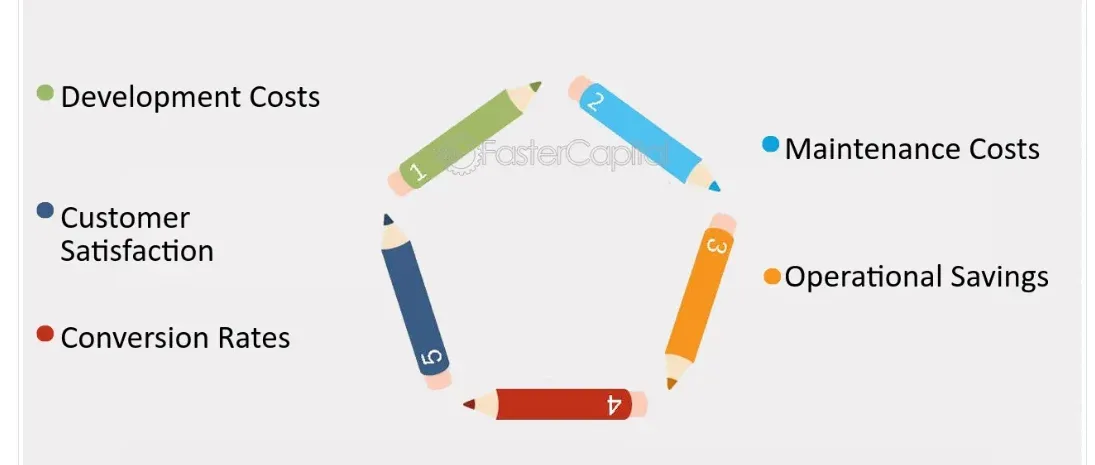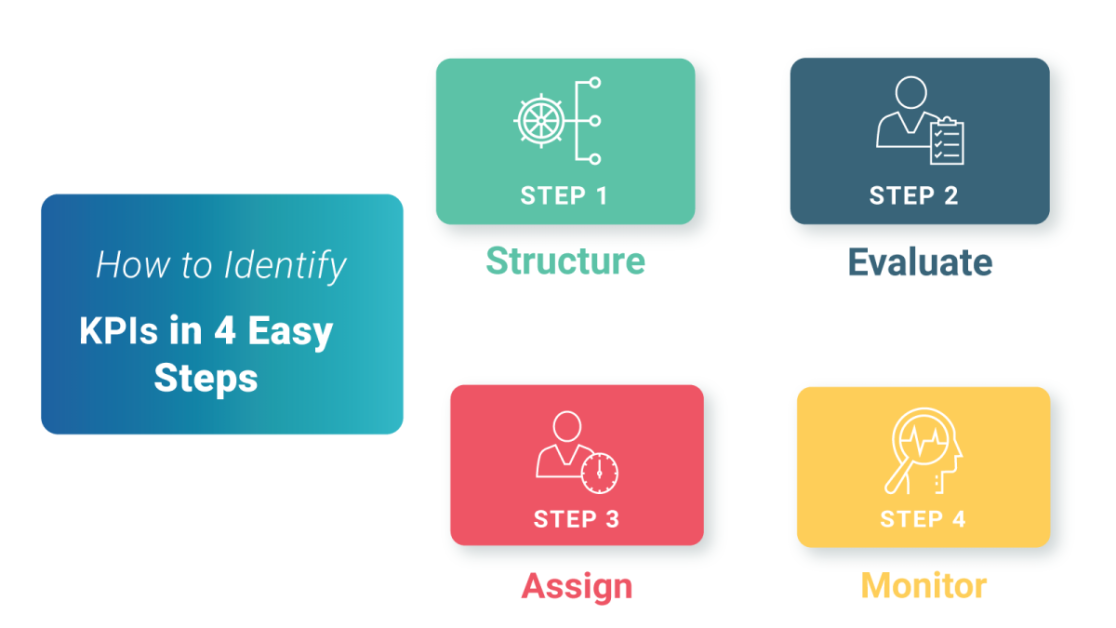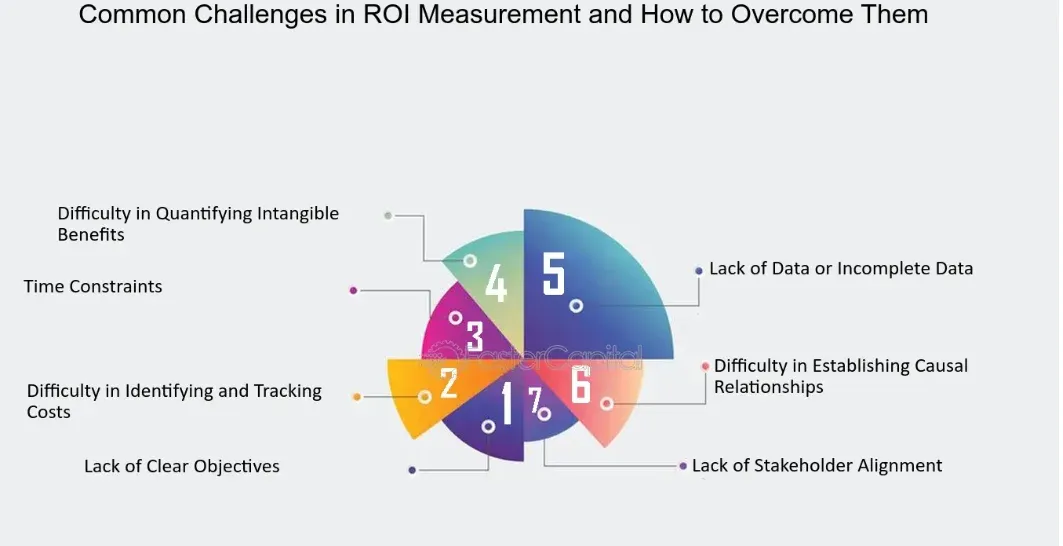What is Chatbot Marketing ROI?
Chatbot Marketing ROI (Return on Investment) is a performance metric that measures how effective and profitable it is to use chatbots as part of your marketing strategy. In simpler terms, it tells you whether or not the money you spent on chatbot technology was worth it based on how much money it brought in compared to how much it cost.
Businesses need to measure Chatbot Marketing ROI to know how much value their chatbots bring. By looking at ROI, companies can figure out how well their chatbots are working, find places where they can be improved, and make data-driven decisions to improve their marketing.
Why Measure Chatbot Marketing ROI?
Measuring chatbot marketing ROI is essential for several reasons
Assessing Chatbot Performance
Measuring Chatbot Marketing ROI is essential to evaluate the overall performance of your chatbots. By tracking key performance indicators (KPIs) such as engagement rate, conversion rate, and customer satisfaction, you can determine if your chatbot is meeting its intended goals and delivering the desired results.
Identifying Areas for Improvement
Analyzing Chatbot Marketing ROI helps you pinpoint areas where your chatbot may be underperforming. By identifying these weak spots, you can make informed decisions to refine your chatbot's functionality, improve its user experience, and ultimately boost its ROI.
Justifying Investment in Chatbot Marketing
A positive Chatbot Marketing ROI demonstrates the value your chatbot brings to your marketing strategy. This data can be used to justify the initial and ongoing investments in chatbot development and maintenance, as well as secure buy-in from stakeholders and decision-makers within your organization.
When to Evaluate Chatbot Marketing ROI?
Evaluating chatbot marketing ROI should be done at key points to ensure accurate measurement and ongoing optimization. Here’s when to evaluate
Implementing Measurement Milestones
It's essential to establish milestones for evaluating Chatbot Marketing ROI regularly. By setting specific checkpoints—such as after launching a new chatbot feature or reaching a certain number of users—you can continuously monitor your chatbot's performance and make adjustments as needed.

Short-term vs. Long-term ROI Evaluation
Short-term ROI evaluation focuses on immediate results, such as lead generation and customer engagement. Long-term evaluation looks at the bigger picture, including customer retention, lifetime value, and the overall impact of chatbots on your marketing strategy. Balancing both short-term and long-term assessments allows you to gain a comprehensive understanding of your chatbot's ROI and make well-informed decisions for its future development.
Who is Involved in Measuring Chatbot Marketing ROI?
Measuring chatbot marketing ROI typically involves multiple stakeholders across different roles. Here’s who is generally involved
Marketing Team Roles

Various members of the marketing team play a role in measuring Chatbot Marketing ROI. Key players include:
Marketing Strategist: Develops the overall chatbot marketing plan and sets KPIs for measuring ROI.
Content Creator: Produces engaging, relevant, and optimized content for the chatbot to deliver.
Data Analyst: Collects, analyzes, and interprets chatbot performance data to calculate ROI.
Marketing Manager: Oversees the implementation, analysis, and optimization of chatbot marketing strategies.
Collaboration with Chatbot Developers
Collaboration between the marketing team and chatbot developers is crucial for accurate ROI measurement. Developers provide technical insights and ensure the chatbot's functionality aligns with marketing objectives, while the marketing team shares user feedback and performance data to drive chatbot improvements.
How to Calculate Chatbot Marketing ROI
To calculate chatbot marketing ROI, follow these steps
Identifying Key Performance Indicators (KPIs)

To calculate Chatbot Marketing ROI, you must first identify the KPIs that best represent your chatbot's success. Common KPIs include:
Engagement rate: Measures the level of user interaction with your chatbot.
Conversion rate: Calculates the percentage of users who complete a desired action, such as making a purchase or signing up for a newsletter.
Customer satisfaction: Evaluate user satisfaction with your chatbot through ratings, reviews, or feedback.
ROI Calculation Formula
The Chatbot Marketing ROI formula is:
ROI = (Revenue Generated - Cost of Chatbot Development and Maintenance) / Cost of Chatbot Development and Maintenance
By plugging in the values for revenue and costs, you can determine the return on investment for your chatbot marketing efforts.
Evaluating ROI Against Industry Benchmarks
Once you've calculated your Chatbot Marketing ROI, it's essential to evaluate it against industry benchmarks to understand how your chatbot performs compared to competitors. This analysis can help you identify areas where your chatbot excels or falls short, guiding future optimization efforts.
Factors Affecting Chatbot Marketing ROI
Several factors influence the ROI of chatbot marketing. Here are key ones to consider
Chatbot Quality and Functionality
The quality and functionality of your chatbot are crucial factors that influence your Chatbot Marketing ROI. A well-designed chatbot that effectively addresses user needs and provides relevant, accurate information will drive higher engagement, conversions, and customer satisfaction.
Promotion and User Acquisition
How you promote your chatbot and acquire users significantly impacts your ROI. Effective promotion strategies, such as targeted advertising and content marketing, can attract the right audience and boost user acquisition, ultimately improving your Chatbot Marketing ROI.
Integration with Existing Marketing Strategies
Integrating chatbots seamlessly into your existing marketing strategies can amplify their impact on ROI. By ensuring that your chatbot complements and enhances your overall marketing efforts, you can create a cohesive customer experience and drive better results.
Common Challenges With Measuring ROI
Measuring ROI for chatbot marketing can present several challenges. Here are some common ones
The Challenge of Attribution
One of the biggest challenges in measuring the ROI of chatbot marketing is attribution. Chatbots can engage with customers at multiple touchpoints along their journey, making it difficult to determine which touchpoint led to a particular conversion.
For example, a chatbot might engage with a customer on a website, then again on social media before the customer purchases.
Businesses need to track and analyze customer interactions across multiple touchpoints to attribute a conversion to a chatbot accurately. This can be done by implementing tracking codes and utilizing analytics tools to track user behavior.

Limited Metrics
The fact that there aren't many metrics to track is another problem with figuring out the ROI of chatbot marketing. Traditional marketing channels like email and social media offer different metrics, such as the number of opens, clicks, and sales.
However, chatbots are relatively new, with fewer established metrics to measure their effectiveness.
Some metrics businesses can use to measure the ROI of chatbot marketing include engagement, retention, and conversion rates. However, these metrics may not provide a complete picture of the chatbot's effectiveness, and businesses may need to use additional metrics to measure other aspects of their chatbot marketing strategy.
Lack of Standardization
The lack of standards makes it hard to figure out how much money chatbot marketing is making. Chatbots can be used in many different ways, and different metrics and tools can be used by businesses to measure how well they work.
To overcome this challenge, businesses can work with chatbot providers to establish industry standards for measuring the effectiveness of chatbot marketing. By establishing standardized metrics and measurement methods, businesses can more accurately compare the effectiveness of different chatbot implementations and benchmark against industry standards.
Ways to Improve Chatbot Marketing ROI
Improving chatbot marketing ROI involves a mix of strategy, technology, and continuous optimization. Here are several effective ways to enhance your chatbot marketing ROI
Enhancing Chatbot User Experience
Improving your chatbot's user experience is a surefire way to boost your Chatbot Marketing ROI. Focus on refining the chatbot's conversational flow, personalizing responses, and optimizing response times to create a more enjoyable and helpful experience for users.
Leveraging Data and Analytics
Utilizing data and analytics can help you uncover insights into your chatbot's performance, user behavior, and preferences. By analyzing this information, you can make data-driven improvements to your chatbot and marketing strategies, ultimately driving higher ROI.
Expanding Chatbot Use Cases
Expanding the ways in which your chatbot can assist and engage users can also enhance your Chatbot Marketing ROI. By exploring new use cases, such as providing personalized product recommendations or automating post-purchase support, you can further increase your chatbot's value to your customers and your business.

